Part of a yearlong series about resilience in Jewish spiritual life.
“Waiting to Exhale.” No, not the 1995 Whitney Houston movie hit. I mean life’s occasional sense of waiting – waiting with anticipation, waiting with diminishing patience, maybe even Waiting for Godot.
When we must wait, how can we wait with inner healthfulness, even resilience?
We moderns crave our agency – our autonomy, our capacity to act – and with good reason. For hundreds of years since the Enlightenment emphasized the rights and liberties of the individual, Western society has trended toward the ingrained belief that each of us controls our destiny. In Thomas Jefferson’s immortal words, each of us enjoys the rights of “life, liberty and the pursuit of happiness.” We usually believe that we claim these rights by our own means.
True enough. But sometimes our own means and agency aren’t all they’re cracked up to be. Sometimes they’re even illusions.
Into all lives come things we can’t control. Often we wait, because what we await is beyond our control. Waiting can challenge us. Rather than name this challenge and work out its difficulties on their terms, sometimes we deflect the challenge into things that don’t serve us.
Suddenly far from living in our own agency, the challenge of waiting controls us. We become quiet victims of impatience, deflection and the inner drive to control precisely what we can’t control.
Cue this week’s Torah portion (Beha’alotecha).
Not once but five times in the same paragraph, Torah recounts that our desert ancestors followed a cloud by day and fire by night atop the Mishkan. They moved when it moved and stopped when it stopped. “Whether the cloud was on the Mishkan for days, a month or a year,” they waited and moved only when it moved (Num. 9:22).
When Torah repeats herself, Torah is focusing attention. By repeating herself five times, Torah emphasizes that our ancestors had no control of when and where they went. Their desert wandering was precisely to teach trust and patience in a transcendent reality beyond themselves.
Among life’s deep truths is that sometimes we control less than we may think. In pivotal moments, some choose rebellion, sublimation or passive fatalism. Torah offers another choice: trust and patience.
What fire do you follow? What fire is worth your trust and patience – however dark the night, however long it takes, wherever it leads?
Find that fire and you’ll find your resilience. You might even find that it’s not about waiting to exhale: it’s about our journey, and what lights our way.
– Rabbi David Markus
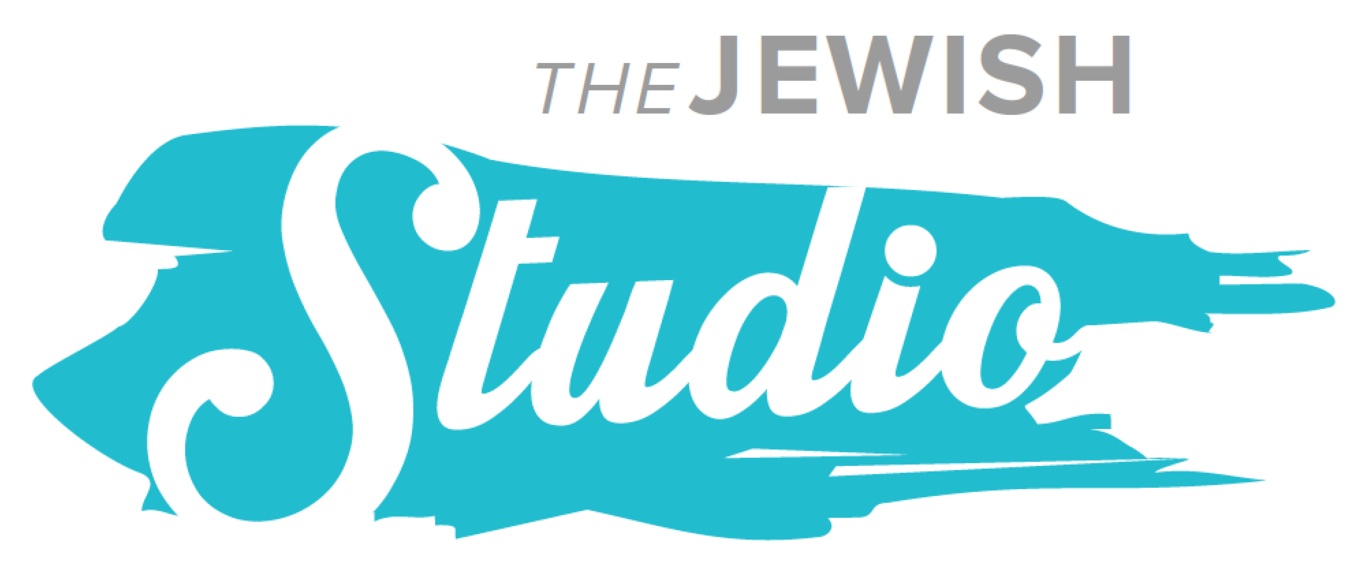

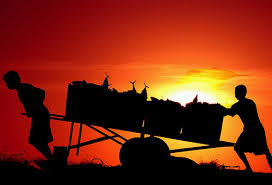








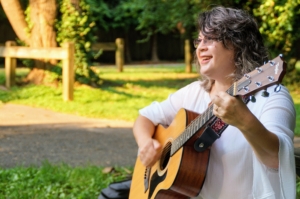
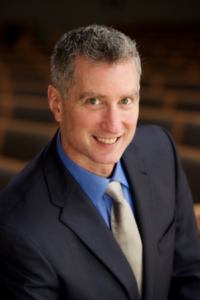
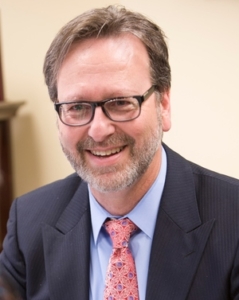 Evan J. Krame was ordained as a rabbi by the
Evan J. Krame was ordained as a rabbi by the